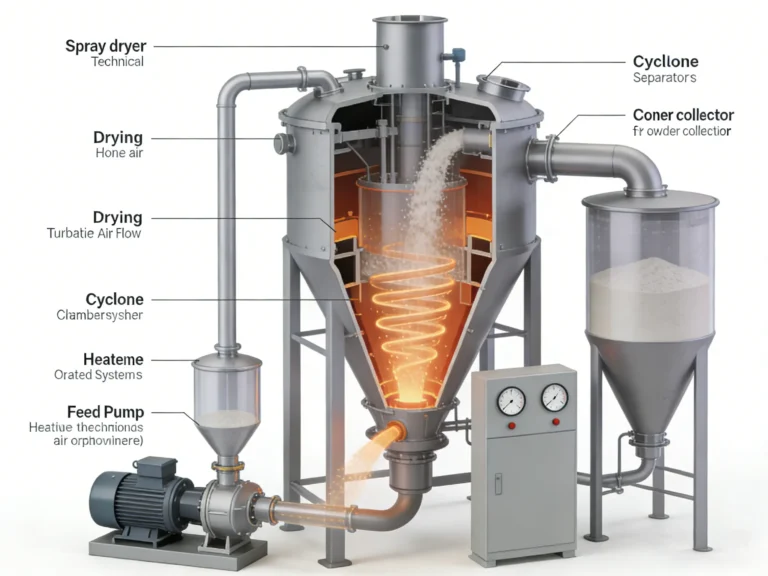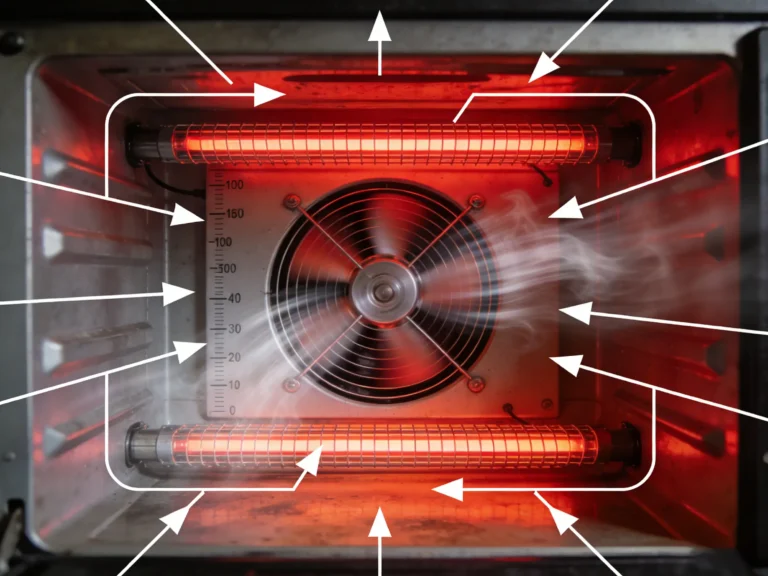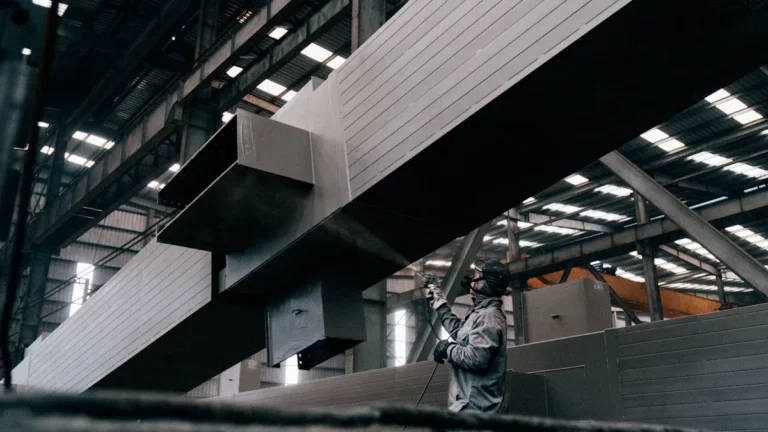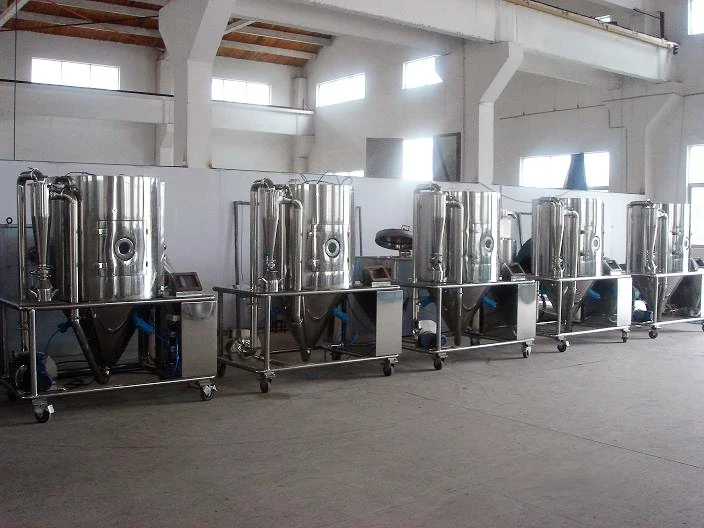Spray Drying Process Explained Simply for Everyone
The spray drying process turns liquids into powders by atomizing and drying droplets with hot air, garantindo rápido, efficient, and consistent results.

The spray drying process turns liquids into powders by atomizing and drying droplets with hot air, garantindo rápido, efficient, and consistent results.

A drying oven in laboratory removes moisture from samples using controlled heat and airflow, ensuring uniform drying and reliable experimental results.

A Hot Air Circulating Oven uses a fan to distribute heat evenly, garantindo rápido, energy-efficient drying, esterilizante, and baking for labs and kitchens.
Um secador spray industrial transforma líquidos em pós atomizando ração e secando gotículas com ar quente, ideal para comida, farmacêutico, e indústrias químicas.

Compare tipos de secador por spray, incluindo rotativo, bocal, e sistemas híbridos, para encontrar a melhor opção para seu produto e necessidades do setor.

Descubra como escolher a melhor máquina para fazer ovo em pó para o seu negócio, considerando a capacidade, características, certificações, e custos de longo prazo.

Um forno de ar quente esteriliza itens de laboratório usando calor seco e convecção, garantindo ainda, aquecimento seguro para copos, metais, pós, e óleos.

Um secador por spray funciona atomizando o líquido em gotículas, secando-os com ar quente, e produção de pó uniforme para uso industrial.

Siga este guia passo a passo para cálculos precisos do secador por spray, cobrindo dados importantes, fórmulas, e dicas para determinar a capacidade do secador.

Cálculos de projeto de secador por spray As ferramentas do Excel ajudam a organizar os dados, executar balanços de massa e energia, e otimize seu processo para obter resultados precisos, resultados rápidos.